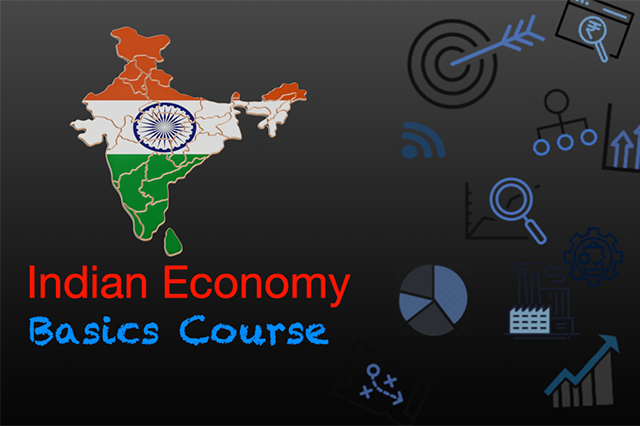You must be logged in to take this course → LOGIN | REGISTER NOW
This Course on Indian Economy basics is aimed to provide you a strong base on important Indian Economy topics which are usually found tough from the UPSC Civil Services Examination angle. There are three important and tough areas for civil services students in Indian economy- the Financial Sector, External Sector and Fiscal policy including the government budget. All those areas have given a comprehensive coverage in this video course. The entire class is designed for UPSC Civil Services Examination -prelims to mains and interview preparation. Though basics is the core purpose of the class, once you complete the course, you can feel that the course is more comprehensive.
How to develop basics in Indian Economy?
Course Curriculum
Course Reviews
No Reviews found for this course.




